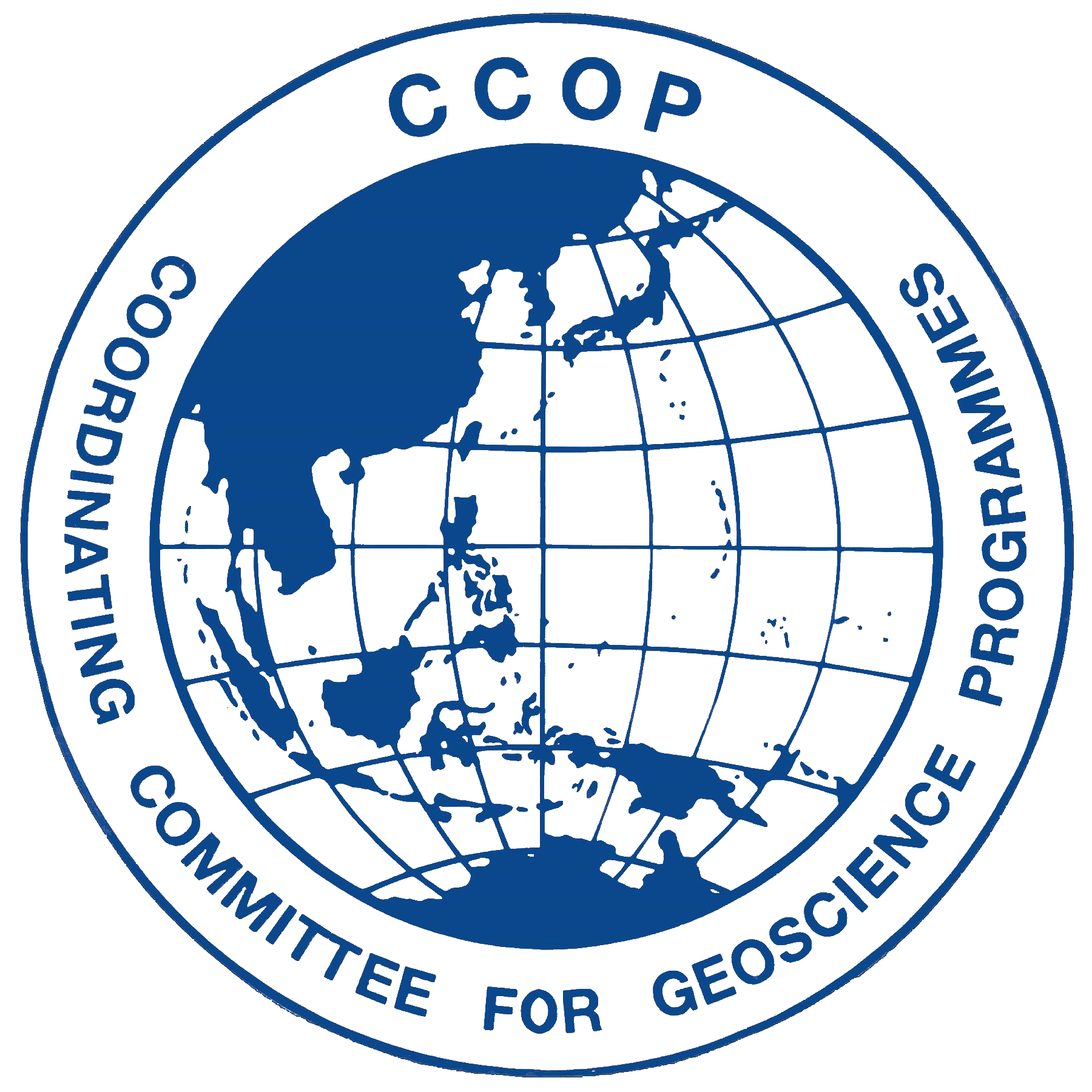Landslide vulnerability and risk assessment: A guideline for critical infrastructure in Malaysia
Keywords:
geospatial, Landslide vulnerability and risk, LiDARAbstract
Landslide vulnerability is a crucial element that connects hazard and risk for a specific element-atrisk. Currently, landslide vulnerability study in Malaysia is limited and attention is given to susceptibility and hazard assessments. Ideally, vulnerability assessment should address various aspects of element-at-risk including physical, social, economic, and environmental. In 2018, a guideline for landslide vulnerability and risk assessment for critical infrastructure in Malaysia was developed for the Construction Research Institute of Malaysia (CREAM). The guideline aimed at developing large-scale landslide vulnerability and risk assessment methods for local authorities as a level of basic and supporting information for land-use plan, landslide mitigation purposes, and risk assessment for any development of the critical infrastructure (CI) i.e. road, dam, building and electricity pylon. The aim of this study is to develop a simple methodology to support more detailed on-site landslide vulnerability and risk assessment. Using a case study from the Cameron Highlands District in northern Malaysia remotely sensed and field data were combined to create a detailed landslide inventory and element-at-risk mapping. Due to the limited landslide damage records, a vulnerability model was developed using the qualitative indicator-based method (IBM). The indicators and the corresponding sub-indicators are divided into four clusters i.e. 1) the susceptibility of element-at-risk (C), 2) surrounding environment (E), 3) intensity of landslide hazard (I), and 4) affected community (P). Suitable indicators and sub-indicators were selected and proposed based on a thorough literature review and a series of focus group discussions (FGD) with agencies involved with landslide hazard management in Malaysia. The FGD sessions also focused on experts assigning scores for each indicator and sub-indicator based on their relationship to the likelihood of landslide vulnerability. The final scores were then converted to final weighting values and a landslide vulnerability map was generated by combining the individual vulnerability cluster maps i.e. C, E, I and P. The resulting landslide vulnerability index was classified into five classes; very high, high, medium, low, and very low with a clear definition of the potential damage to CI and the community. Using a qualitative risk-matrix approach a landslide risk map was generated by combining the landslide hazard and vulnerability maps and was then validated against past landslide event in the Bukit Antarabangsa, Selangor, Malaysia. The results confirm good agreement between the derived vulnerability and risk maps and actual landslide damage in the area. The methodology proposed here is however strongly dependent on several key elements including, the quality of landslide hazard map, the landslide inventory map and the experience of the experts.
References
Bignell, J.D., Snelling, N.J., (1977). Geochronology of Malayan granites. Overseas Mineral 490 Resources 47, Institute of Geological Science, London.
Birkmann, J., Cardona, O. D., Carreño, M. L., Barbat, A. H., Pelling, M., Schneiderbauer, S., … Welle, T. (2013). Framing vulnerability, risk and societal responses: the MOVE framework. Natural Hazards, 67, 193-211
Cardinali, M., Reichenbach, P., Guzzetti, F., Ardizzone, F., Antonini, G., Galli, M., … Salvati, P. (2002). A geomorphological approach to the estimation of landslide hazards and risks in Umbria, Central Italy. Nat. Hazards Earth Syst. Sci., 2, 57-72.
Cruden, D. M. and Fell, R. (eds.): Landslide risk assessment. Proceedings International Workshop on Landslide Risk Assessment, Honolulu, 19–21 February 1997, Balkema, Rotterdam, 371, 1997.
Dai, F. C., Lee, C. F. & Ngai, Y. Y. (2002). Landslide risk assessment and management: an overview. Engineering Geology, 64, 65-87.
Fell, R., Corominas, J., Bonnard, C., Cascini, L., Leroi, E. & Savage, W. Z. (2008). Guidelines for landslide susceptibility, hazard and risk zoning for land use planning. Engineering Geology, 102, 85 98.
Frédéric, L., P. Asté, J. & Leroi, E. (1996). Vulnerability assessment of elements exposed to mass-movement: Working toward a better risk perception.
Fuchs, S., Kuhlicke, C. & Meyer, V. (2011). Editorial for the special issue: vulnerability to natural hazards—the challenge of integration. Natural Hazards, 58, 609-619.
Kappes, M. S., Papathoma-Köhle, M. & Keiler, M. (2012). Assessing physical vulnerability for multi- -hazards using an indicator-based methodology. Applied Geography, 32, 577-590.
Kaynia, A. M., Papathoma-Köhle, M., Neuhäuser, B., Ratzinger, K., Wenzel, H. & Medina-Cetina, Z. (2008). Probabilistic assessment of vulnerability to landslide: Application to the village of Lichtenstein, Baden-Württemberg, Germany. Engineering Geology, 101, 33-48.
Krahenbuhl, R., (1991). Magmatism, tin mineralization and tectonics of the Main Range, Malay Peninsula: Consequences for the plate tectonic model of Southeast Asia based on Rb-Sr, K-Ar and fission track data. Geological Society of Malaysia Bulletin 29, 1–100.
Li, Z., Nadim, F., Huang, H., Uzielli, M., & Lacasse, S. (2010). Quantitative vulnerability estimation for scenario-based landslide hazards. Landslides. 7. 125- -134. 10.1007/s10346-009-0190-3.
Papathoma-Köhle, M., Zischg, A., Fuchs, S., Glade, T. & Keiler, M. (2015). Loss estimation for landslides in mountain areas – An integrated toolbox for vulnerability assessment and damage documenttation. Environmental Modelling & Software, 63, 156-169.
Public Works Department. (2008). Final landslide investigation report: investigation of slope failure at Taman Bukit Mewah, Bukit Antarabangsa, Hulu Klang, Selangor, 6 December 2008, Slope Engineering Branch (CKC), Public Works Department (JKR) Malaysia.
Technical Committee on Risk Assessment and Management. (2004). Glossary of Risk Assessment Terms. Version 1 [Online]. International Society of Soil Mechanics and Geotechnical Engineering TC32. Available: http://www.engmath.dal.ca/tc32/2004Glossary_Draft1.pdf [Accessed].
Totschnig, R., Sedlacek, W. & Fuchs, S. (2011). A quantitative vulnerability function for fluvial sediment transport. Natural Hazards, 58, 681-703.
UN-ISDR. (2004). Terminology of disaster risk reduction [Online]. United Nations International Strategy for Disaster Reduction, Geneva, Switzerland Available: http://www.unisdr.org/eng/library/lib-terminologyeng%20home.htm [Acc. July 29, 2018].
Uzielli, M., Nadim, F., Lacasse, S. & Kaynia, A. M. (2008). A conceptual framework for quantitative estimation of physical vulnerability to landslides. Engineering Geology, 102, 251-256.
Van Westen, C., Van Asch, T. W. & Soeters, R. (2006). Landslide hazard and risk zonation—why is it still so difficult? Bulletin of Engineering geology and the Environment, 65, 167-184.
Varnes, D. J. and IAEG Commission on Landslides and other Mass Movements: Landslide hazard zonation: a review of principles and practice. UNESCO Press, Paris, 63, 1984.
Downloads
Published
How to Cite
License
Copyright (c) 2024 Thai Geoscience Journal

This work is licensed under a Creative Commons Attribution-NonCommercial-NoDerivatives 4.0 International License.








